15 Forgotten Islands With Strange or Mysterious Pasts
Some islands slip quietly through history, forgotten by most and remembered only through strange stories or fading maps. These hidden places often hold secrets that time has tried to erase, from lost civilizations to unexplained events. What makes an island forgotten is not just its isolation but the mysteries that linger long after people leave. Each one has its own story to tell, waiting for those who want to uncover its past. So, get ready to explore the forgotten corners of the world and see what secrets they still keep.
This post may contain affiliate links, which helps keep this content free. Please read our disclosure for more info.
Bouvet Island, South Atlantic
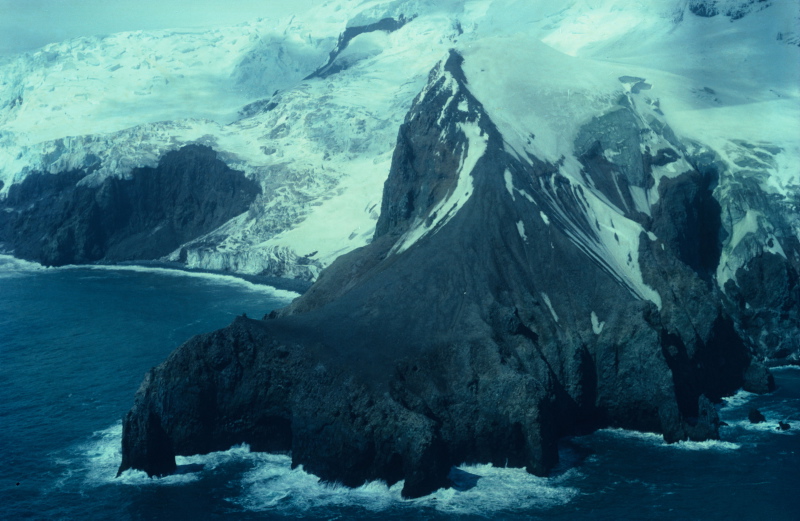
Bouvet Island is one of the most remote places on Earth, located between South Africa and Antarctica. It is often called the loneliest island because no one lives there permanently. Its isolation led to mysterious events, such as an abandoned lifeboat discovered on its icy shores in 1964 with no sign of survivors. The island is mostly covered by glaciers and surrounded by rough seas, making access nearly impossible. This mystery continues to puzzle explorers who wonder who left the lifeboat behind.
The island’s volcanic origin gives it a dramatic appearance, with steep cliffs and dark rock formations. It is technically owned by Norway, yet very few people have ever stepped foot on it. Despite being uninhabited, it has a small weather station used for scientific research. Bouvet’s eerie silence and lack of life give it a haunting atmosphere. It remains one of the least explored islands on the planet.
Hashima Island, Japan

Hashima Island, often called Battleship Island, was once a bustling coal-mining facility off the coast of Nagasaki. Thousands of workers lived there during Japan’s industrial boom in the early 1900s. When the mines closed in 1974, everyone left, turning the island into a ghost town almost overnight. The empty concrete buildings still stand, crumbling against harsh sea winds. The place now looks frozen in time, serving as a reminder of Japan’s industrial past.
Its nickname comes from its shape, which resembles a warship when seen from afar. The eerie silence that surrounds Hashima draws filmmakers and explorers who are fascinated by its desolation. Some say the island feels haunted because of the hardships its workers once endured. Since reopening for tours, it has become a symbol of lost ambition and forgotten lives. Despite its decay, it remains one of Japan’s most mysterious historical sites.
Palmyra Atoll, Pacific Ocean

Palmyra Atoll lies between Hawaii and American Samoa and is known for its dark reputation. Once used as a military base during World War II, it later became infamous for a mysterious double murder in the 1970s. The isolated setting and eerie atmosphere have inspired many ghost stories. Overgrown palm trees and rusting buildings add to the sense of abandonment. Few dare to visit because of the island’s haunted reputation.
Nature has since reclaimed most of the atoll, turning it into a dense jungle surrounded by turquoise water. The U.S. government manages it as a protected wildlife refuge, keeping human activity minimal. Despite its beauty, many sailors and scientists report feeling uneasy there. Some claim that strange lights and unexplained sounds echo through the night. Palmyra remains both a paradise and a place of mystery.
Poveglia Island, Italy

Poveglia Island sits between Venice and Lido and has a dark and tragic history. It was once used to quarantine plague victims during the Black Death, and later as an asylum for the mentally ill. Thousands of people are said to have died there, giving rise to ghost stories and eerie legends. Locals avoid the island, believing it to be cursed. Today, it remains off-limits to visitors, adding to its mystique.
Ruins of the hospital and bell tower still stand, slowly crumbling under the weight of time. Many believe the ground is filled with human ashes from centuries past. The Italian government has debated reopening it, but superstition continues to keep people away. The dense fog that often surrounds Poveglia makes it look otherworldly from afar. Its past of suffering has turned it into one of Europe’s most haunted places.
Suakin Island, Sudan
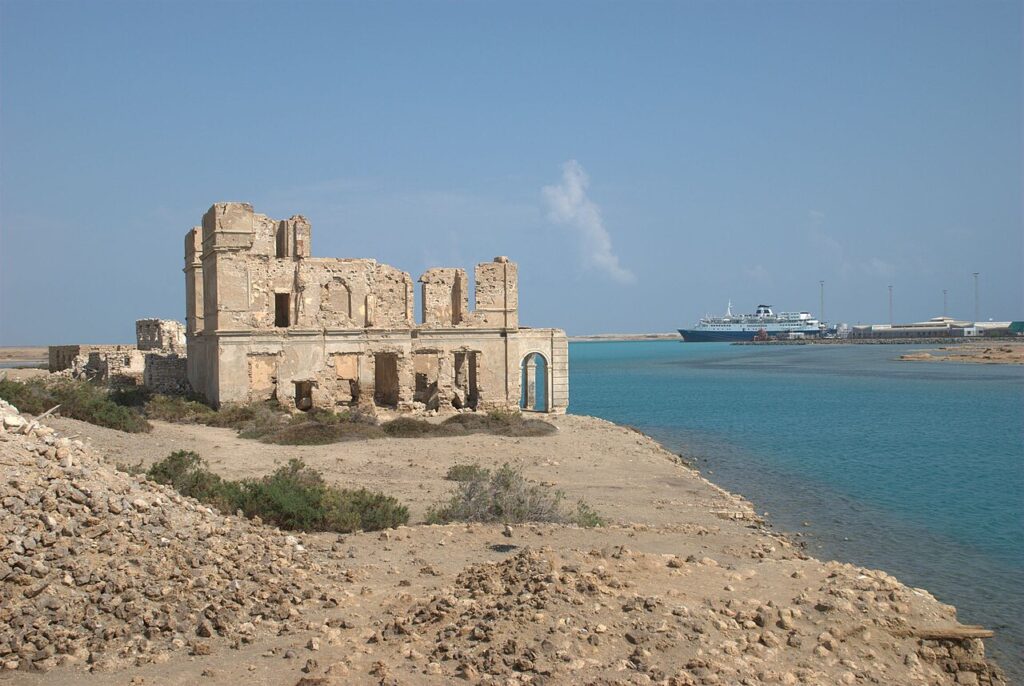
Suakin Island once served as a major port on the Red Sea and a hub for traders from Africa and the Middle East. Over centuries, shifting trade routes and competition from nearby ports left it deserted. The coral-built houses and Ottoman-style architecture now lie in ruins. The silence and decaying beauty of Suakin make it seem frozen in another time. Few people visit, even though it was once one of the busiest ports in the region.
Its strange charm lies in the way nature has intertwined with human history. Wind and salt have eaten away at the once-grand buildings, leaving haunting outlines of doorways and towers. Sudan’s government has considered restoring the site, but progress has been slow. Some locals believe the island carries an aura of mystery because of its long decline. It stands as a quiet monument to forgotten trade and shifting tides of history.
Socotra Island, Yemen
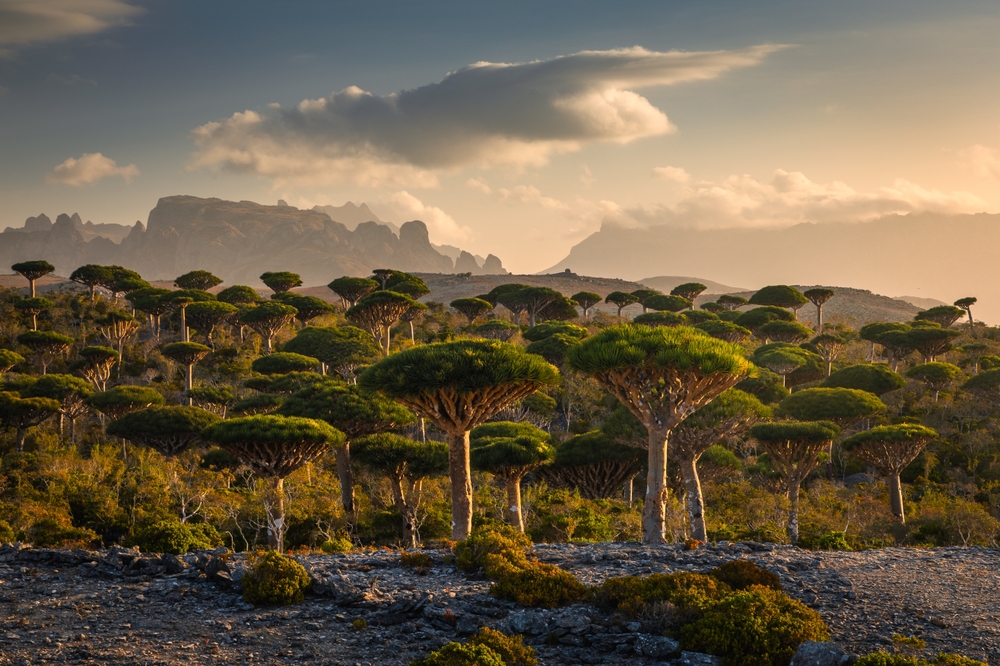
Socotra Island lies in the Arabian Sea and is often called the most alien-looking place on Earth. Its unique plant life, such as the dragon’s blood tree, makes it unlike anywhere else. The island’s remote location has kept it isolated from the rest of the world for centuries. Ancient sailors spoke of strange creatures and spirits said to live there. Its unusual landscape inspired many myths and legends over time.
While Socotra has a small population today, much of it remains untouched. Its biodiversity has drawn scientists interested in studying its rare species. The island’s unusual geography creates a sense of otherworldly beauty mixed with mystery. Many stories from travelers describe it as both enchanting and eerie. Though not completely forgotten, its remoteness gives it an almost mythical aura.
Deception Island, Antarctica
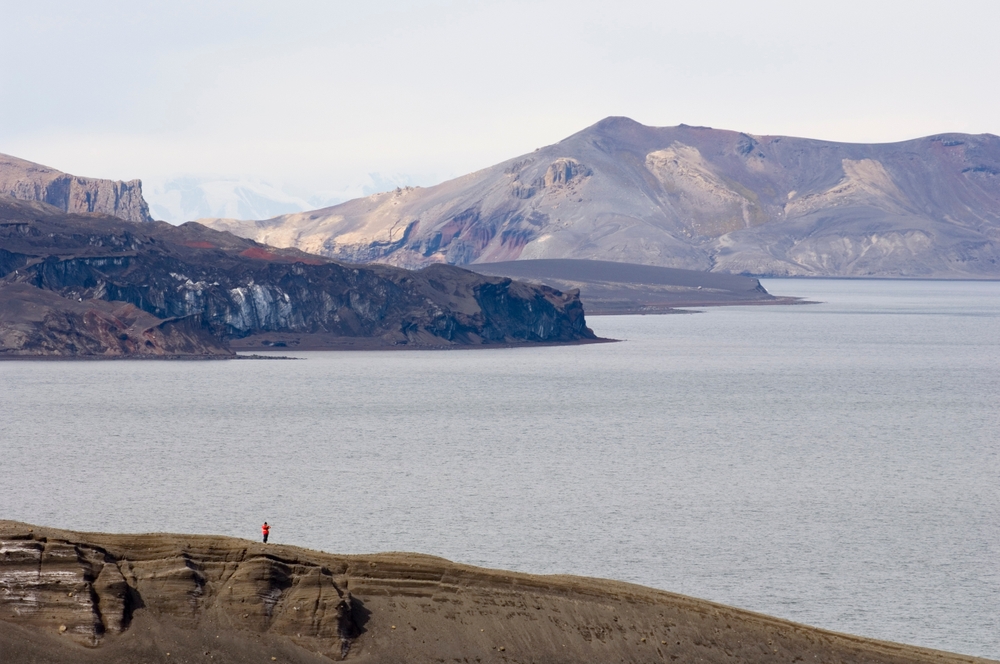
Deception Island sits within the icy waters of Antarctica and has an active volcanic past. Once used by whalers in the early 1900s, it later became a British research base. Eruptions forced people to abandon it multiple times, leaving ruins behind. The black volcanic ash and steam vents give it a haunting appearance against the snow. Its name fits its nature-beautiful but unpredictable.
Visitors today can still see rusting tanks and broken buildings scattered along the shore. Scientists occasionally visit for research, but the island remains mostly desolate. Many ships avoid anchoring too close because of the unstable terrain. Stories from explorers describe strange noises and trembling ground. Deception Island serves as a stark reminder of nature’s power and unpredictability.
Antikythera Island, Greece
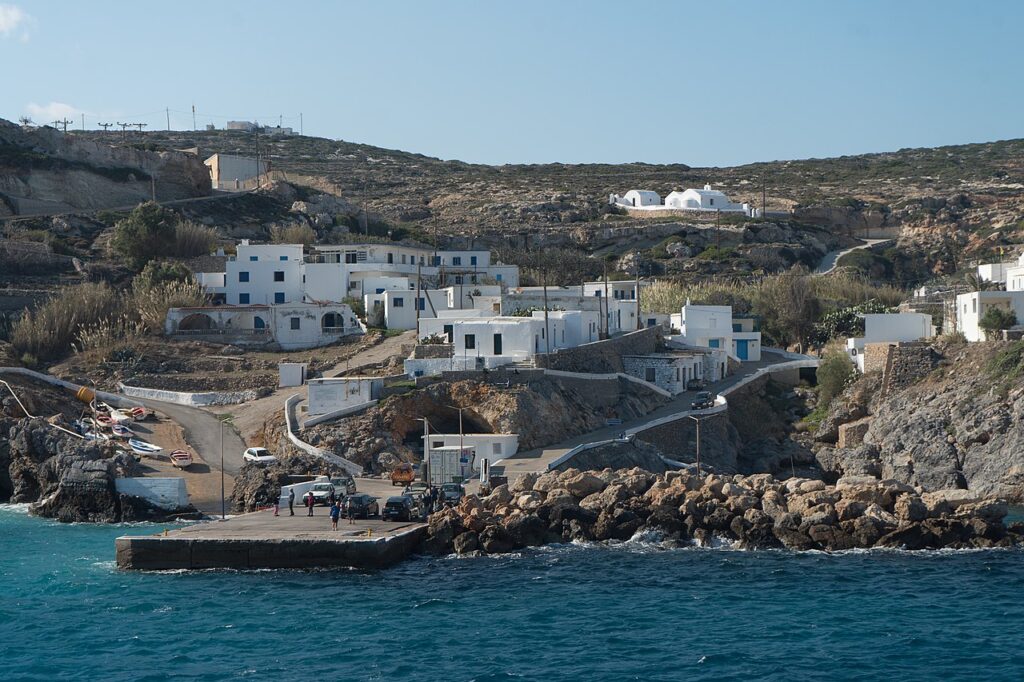
Antikythera is a small Greek island known for a mysterious ancient device found in its waters. The Antikythera mechanism, discovered by sponge divers in 1901, was an advanced astronomical calculator. Its presence puzzled historians for decades, as it suggested technology far ahead of its time. The island itself saw little habitation afterward, remaining quiet and overlooked. Few people know much about it beyond this discovery.
The island’s isolation has helped preserve its natural beauty but has kept it from modern development. Archaeologists still visit to search for clues about the mechanism’s creators. Local legends claim that the sea hides other secrets from ancient times. The lack of consistent population adds to its mysterious character. Antikythera remains a place where science and legend intertwine.
Raoul Island, New Zealand
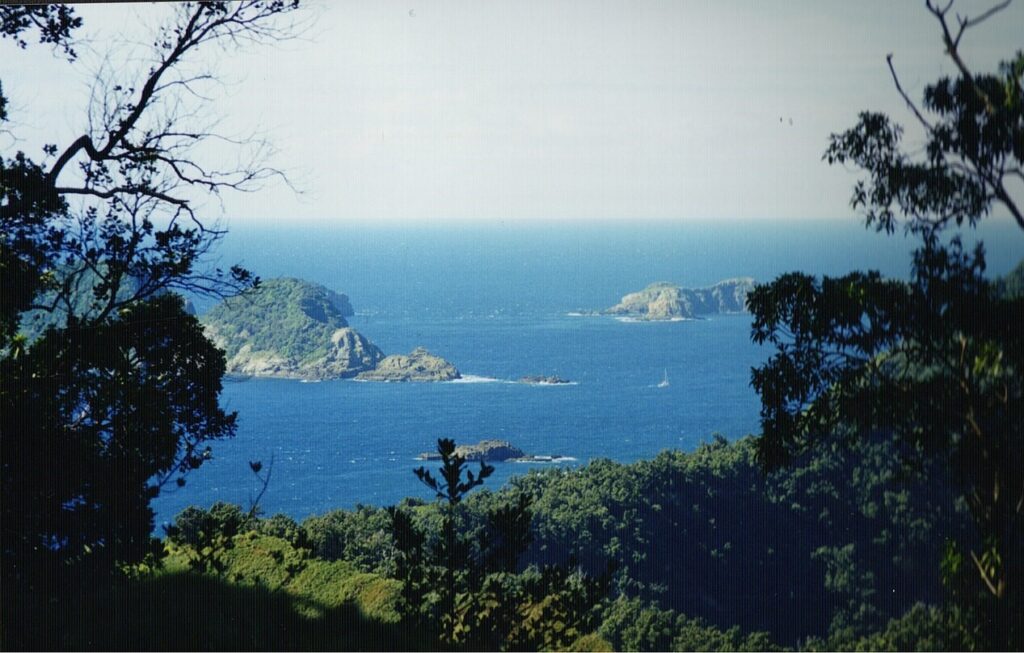
Raoul Island is part of the Kermadec Islands and was once inhabited by a small group of settlers. After several volcanic eruptions and natural disasters, it was abandoned. The isolation and unpredictable weather make it difficult to live there. Today, only scientists occasionally visit to monitor its active volcano. Many locals in New Zealand call it cursed because of its violent history.
The remains of early structures and a cemetery still stand, reminders of the island’s short-lived human presence. Wildlife has since taken over, making it a haven for seabirds. Despite its beauty, the constant threat of eruption keeps it mostly empty. Visitors describe the atmosphere as peaceful yet tense, as if the island remembers its past tragedies. Raoul’s story is one of resilience and caution.
Flannan Isles, Scotland

The Flannan Isles are a cluster of rocky islands off the coast of Scotland, famous for a chilling mystery. In 1900, three lighthouse keepers vanished without a trace, leaving behind a meal on the table and an untouched light. The disappearance led to wild theories involving storms, sea creatures, or even abduction. Harsh weather and remote location made investigating difficult. The mystery remains unsolved to this day.
The lighthouse still stands, battered by waves and wind, as a silent witness to what happened. Sailors passing by often speak of strange lights and eerie sounds from the cliffs. Though no one lives there now, its legend continues to draw interest from mystery enthusiasts. The story has inspired books and songs about the missing keepers. The Flannan Isles remain one of the most chilling maritime mysteries in Europe.
Nihoa Island, Hawaii
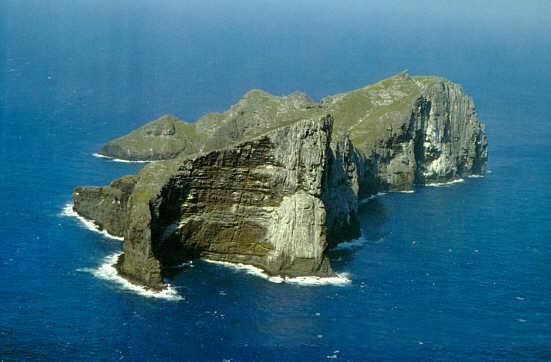
Nihoa Island, part of the Northwestern Hawaiian Islands, is an uninhabited volcanic remnant. Ancient Hawaiians once lived there, leaving behind terraces and stone tools. No one knows why they abandoned it, though limited resources and rough seas likely played a role. The island is difficult to access, surrounded by sharp cliffs and dangerous currents. Today, it’s a protected wildlife sanctuary rarely visited by humans.
Archaeologists have uncovered evidence of farming and fishing that suggests a once-thriving community. The sense of mystery comes from how suddenly the island was deserted. Its name means tooth in Hawaiian, referencing its jagged shape rising from the sea. Birds and plants have reclaimed the land, erasing traces of early settlers. Nihoa stands as a quiet link to Hawaii’s ancient history.
Gunkanjima Island, Japan
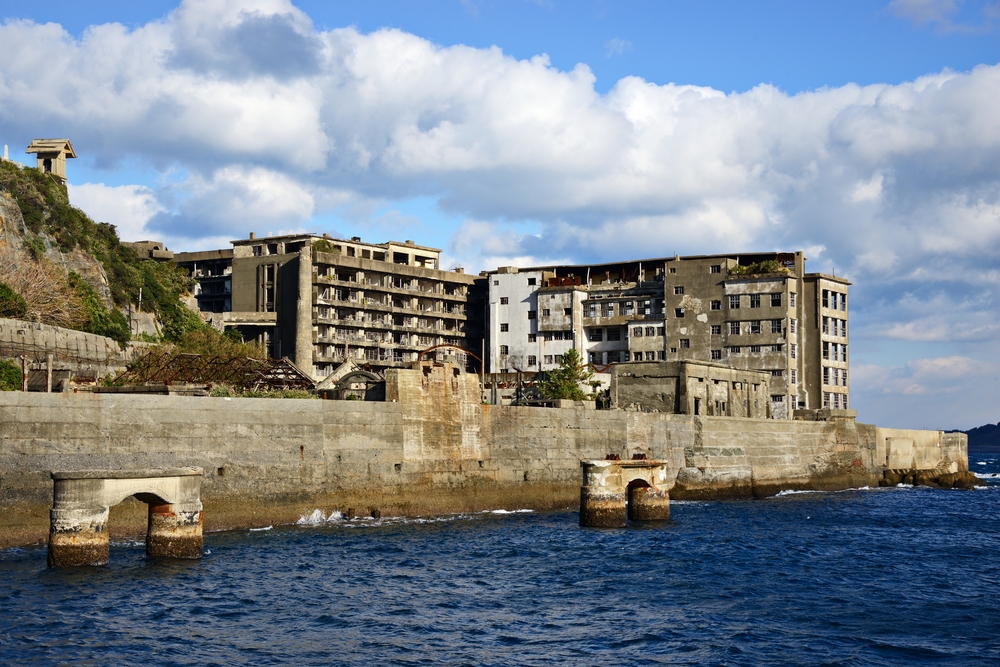
Also known as Battleship Island, Gunkanjima was once a symbol of progress during Japan’s industrial age. Coal mining fueled its economy until resources ran out, leading to total abandonment in 1974. The concrete structures have since decayed, giving the island an eerie, post-apocalyptic look. It has been featured in films due to its haunting atmosphere. The place serves as a powerful reminder of how quickly human ambition fades.
Nature has reclaimed parts of the island, with vines and moss creeping over abandoned buildings. Former residents have shared stories of life in crowded conditions and the harsh realities of island work. While it is now a UNESCO World Heritage site, few are allowed to explore beyond the designated paths. Visitors describe the place as quiet and surreal. Gunkanjima’s ruins continue to echo the lives that once filled its narrow streets.
Surtsey Island, Iceland
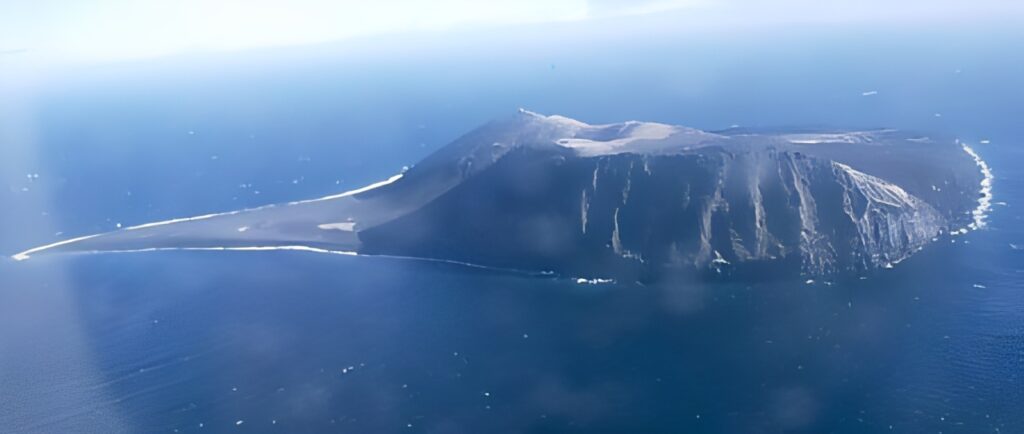
Surtsey appeared suddenly in 1963 after an underwater volcanic eruption off the coast of Iceland. It emerged from the sea, surprising the world as a brand-new island. Scientists decided to leave it untouched to study natural ecological development. Since then, plants, insects, and birds have slowly colonized it. Its untouched state makes it a natural time capsule of Earth’s processes.
Access is restricted to researchers to prevent human interference. This rule has kept the island as pristine as possible, offering rare scientific insights. The strange beauty of its volcanic landscape makes it seem otherworldly. Despite its youth, it has already sparked myths among locals about its creation. Surtsey remains a living laboratory and a symbol of how nature reshapes the world.
St. Kilda, Scotland
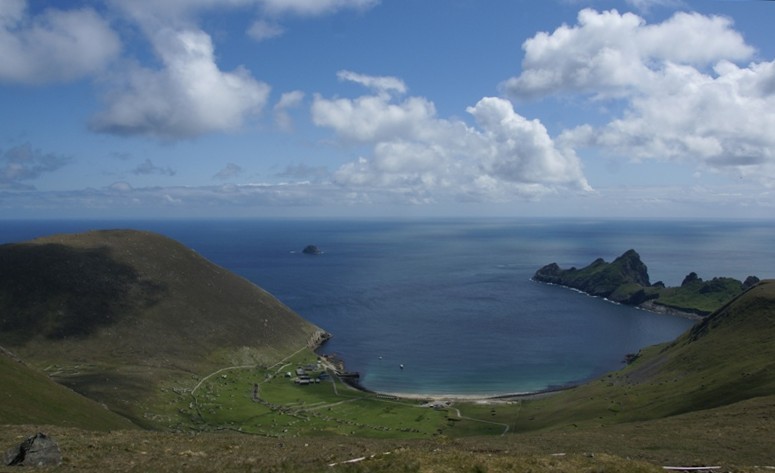
St. Kilda lies off the coast of Scotland and was once home to a small, self-sufficient community. Harsh weather and isolation made survival difficult, leading residents to leave in 1930. The stone cottages still stand, slowly wearing down under the wind. Its remote cliffs and sea stacks are now home to seabirds instead of people. The island’s empty beauty carries a haunting stillness.
Archaeologists and visitors often describe St. Kilda as a place caught between past and present. The abandoned village gives a glimpse into a way of life long gone. Stories from former inhabitants reveal the challenges they faced against nature’s forces. Today, the island is protected for its wildlife and history. It remains a quiet reminder of endurance and change.
North Brother Island, USA
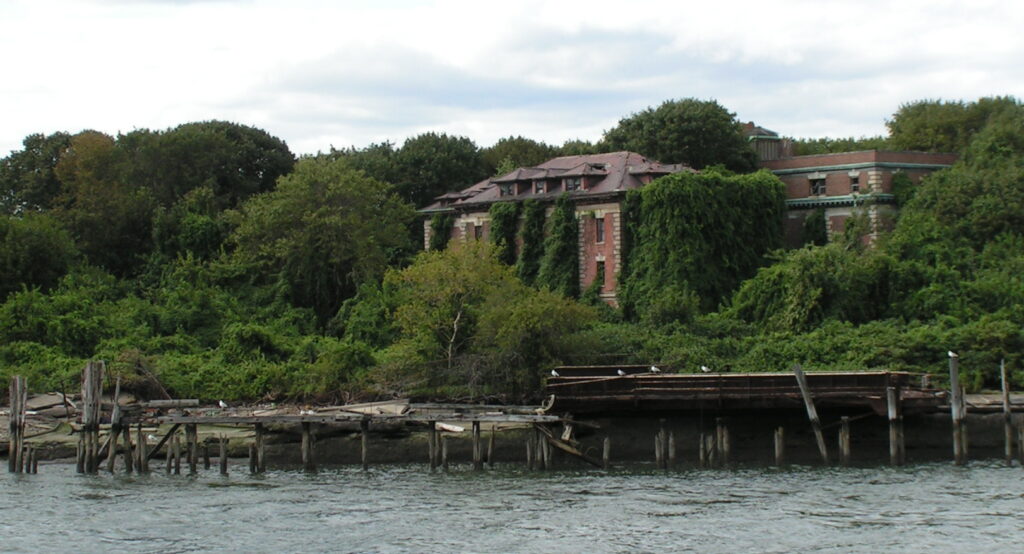
North Brother Island sits in New York’s East River, hidden behind trees and crumbling ruins. Once the site of a quarantine hospital and later a rehabilitation center, it was abandoned in the 1960s. The island became infamous as the home of Typhoid Mary, the first person identified as a healthy carrier of typhoid fever. Since its closure, nature has reclaimed the land. Birds now nest in the remains of old brick buildings.
Its location so close to the city yet cut off from it gives it an eerie contrast. Few people are allowed to visit because it serves as a bird sanctuary. Urban explorers have captured haunting photos of its overgrown pathways and decaying wards. The island’s dark medical history adds to its mysterious allure. North Brother Island stands as a forgotten piece of New York’s past, hidden in plain sight.
Each of these forgotten islands tells a story that time could not fully erase. From eerie ruins to mysterious disappearances, they remind us how easily places once full of life can fade from memory. The strange events and unanswered questions surrounding them continue to spark curiosity among travelers and historians alike. Exploring their stories offers a rare glimpse into moments that shaped the world in silence.
This article originally appeared on Avocadu.
